Journeys Through Bookland, Volume 2
Journeys Through Bookland, Volume 2
A New And Original Plan For Reading Applied To The World's Best Literature For Children
Book Excerpt
is own conceit, and, mimicking one greater than
he, flew down forthright and lighted on the back of a fat ram with a
thick fleece, that was matted by his lying till it was like woolen felt.
As soon as the Sparrow pounced upon the sheep's back he flopped his
wings to fly away, but his feet became tangled in the wool, and, however
hard he tried, he could not set himself free.
While all this was passing, the shepherd was looking on, having seen what happened first with the Eagle and afterward with the Sparrow. So in a great rage he came up to the wee birdie and seized him. He plucked out his wing feathers and carried him to his children.
"What is this?" asked one of them.
"This," he answered, "is he that aped a greater than himself and came to grief."
The Old Man and Death
A poor and toil-worn peasant, bent with years and groaning beneath the weight of a heavy fagot of firewood which he carried, sought, weary and sore-footed, to gain his distant cottage. Unable to bear the weight of his burden lon
Editor's choice
(view all)Popular books in Short Story Collection, Young Readers
Readers reviews
5.0
LoginSign up
Journeys Through Bookland was first published in 1909. Collected and edited by Charles Sylvester, it was intended to be a progressive approach to classic literature.
The selections are varied and include classic fiction, poetry, non-fiction/essays, biography, nature stories, science, history, myths, folk & fairy tales, and nursery rhymes. This is a fantastic way to approach literature with children, and each selection has been carefully chosen to relate in some way to the previous piece, giving readers both young and old a sense of the interconnectedness of literature, poetry, science, history and nature.
'Journeys' was originally published as a set of 10 volumes with an additional volume called 'The Guide', this being a detailed discussion of the contents, recommended methods of use, topical index, forms of prose and poetry, and a supplemental booklist. Much of the information in the guide was condensed or omitted over time, until eventually in the 1950s the the set was printed in 8 volumes with only a very brief bit of information from the guide in the end of the 8th volume.
The following description of Volume Two comes from the 1922 edition of Volume 10, The Guide:
"Volume Two. The selections in the first part of the second volume are intentionally simpler than the last ones in the first volume. It is a good thing for a child to handle books, to learn to find what he wants in a book the greater part of which is too difficult for him. Oliver Wendell Holmes thought it was an excellent thing for himself that he had had the opportunity to “tumble around in a library” when he was a youngster. Every student who has had the opportunity so to indulge himself has felt the same thing. There are so many books published every month and so much reading to be done that a discriminating sense must be cultivated. No one can read it all or even a small part of it. Older people will discriminate by reading what they like. Children must learn to handle books and to find out what they are able to read. To put into their hands all they can read of the simple things they like is not wise. Most children read too much. Fairy stories are all right in their way, but to give a child all the fairy tales he can read is a serious mistake. Hundreds of pretty, inane, senseless stories in attractive bindings with pretty, characterless illustrations tempt the children to vitiate their taste in reading, long before they are able by themselves to read the best literature.
Because they are valuable, there are fairy stories in Journeys; because their use may be abused, there are few of them; because something else should be read with them, they are not all in one volume nor in one place in a volume. The same rule of classification applies to other selections than fairy tales.
This is the volume in which the myths appear in the form of simple tales: three from the northland, two from Greece. Each story is attractive in itself, has some of the interest that surrounds a fairy tale and serves as the fore-shadowing of history. That they are something more than fairy tales is shown in the comments and elementary explanations that accompany them.
Little poems, lullabies, pretty things that children love are dropped into the pages here and there. Children seem to fear poetry after they have been in school a little while, largely because they have so much trouble in reading it aloud under the criticisms of the teacher and because the form has made the meaning a little difficult. It is, however, a great misfortune if a person grows up without an appreciation of poetry when it is so simple a matter to give the young an abiding love for it. A little help now and then, a word of appreciation, a manifestation of pleasure when reading it and almost without effort the child begins to read and love poetry as he does good prose.
The beginnings of nature study appear in the second volume in the form of beautiful selections that encourage a love for birds and other animals, and Tom, The Water Baby, is a delightful story, half fairy tale, half natural history romance.
In this volume also is found The King of the Golden River, perhaps the best fairy story ever written."
Enjoy them--these really are a great introduction to the classics.
The selections are varied and include classic fiction, poetry, non-fiction/essays, biography, nature stories, science, history, myths, folk & fairy tales, and nursery rhymes. This is a fantastic way to approach literature with children, and each selection has been carefully chosen to relate in some way to the previous piece, giving readers both young and old a sense of the interconnectedness of literature, poetry, science, history and nature.
'Journeys' was originally published as a set of 10 volumes with an additional volume called 'The Guide', this being a detailed discussion of the contents, recommended methods of use, topical index, forms of prose and poetry, and a supplemental booklist. Much of the information in the guide was condensed or omitted over time, until eventually in the 1950s the the set was printed in 8 volumes with only a very brief bit of information from the guide in the end of the 8th volume.
The following description of Volume Two comes from the 1922 edition of Volume 10, The Guide:
"Volume Two. The selections in the first part of the second volume are intentionally simpler than the last ones in the first volume. It is a good thing for a child to handle books, to learn to find what he wants in a book the greater part of which is too difficult for him. Oliver Wendell Holmes thought it was an excellent thing for himself that he had had the opportunity to “tumble around in a library” when he was a youngster. Every student who has had the opportunity so to indulge himself has felt the same thing. There are so many books published every month and so much reading to be done that a discriminating sense must be cultivated. No one can read it all or even a small part of it. Older people will discriminate by reading what they like. Children must learn to handle books and to find out what they are able to read. To put into their hands all they can read of the simple things they like is not wise. Most children read too much. Fairy stories are all right in their way, but to give a child all the fairy tales he can read is a serious mistake. Hundreds of pretty, inane, senseless stories in attractive bindings with pretty, characterless illustrations tempt the children to vitiate their taste in reading, long before they are able by themselves to read the best literature.
Because they are valuable, there are fairy stories in Journeys; because their use may be abused, there are few of them; because something else should be read with them, they are not all in one volume nor in one place in a volume. The same rule of classification applies to other selections than fairy tales.
This is the volume in which the myths appear in the form of simple tales: three from the northland, two from Greece. Each story is attractive in itself, has some of the interest that surrounds a fairy tale and serves as the fore-shadowing of history. That they are something more than fairy tales is shown in the comments and elementary explanations that accompany them.
Little poems, lullabies, pretty things that children love are dropped into the pages here and there. Children seem to fear poetry after they have been in school a little while, largely because they have so much trouble in reading it aloud under the criticisms of the teacher and because the form has made the meaning a little difficult. It is, however, a great misfortune if a person grows up without an appreciation of poetry when it is so simple a matter to give the young an abiding love for it. A little help now and then, a word of appreciation, a manifestation of pleasure when reading it and almost without effort the child begins to read and love poetry as he does good prose.
The beginnings of nature study appear in the second volume in the form of beautiful selections that encourage a love for birds and other animals, and Tom, The Water Baby, is a delightful story, half fairy tale, half natural history romance.
In this volume also is found The King of the Golden River, perhaps the best fairy story ever written."
Enjoy them--these really are a great introduction to the classics.
- Upvote (0)
- Downvote (0)

 Free Download
Free Download












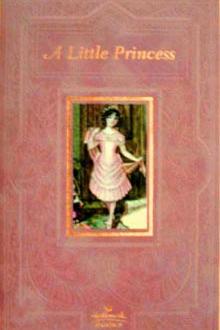
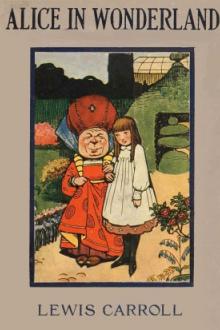
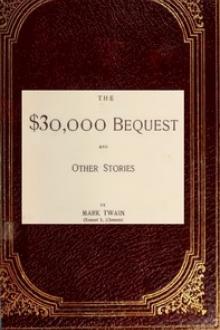
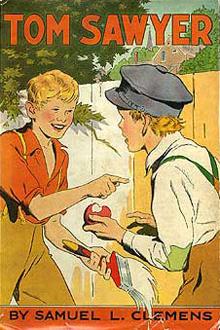
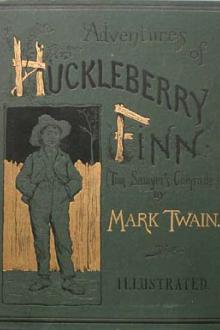
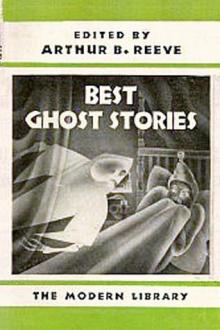
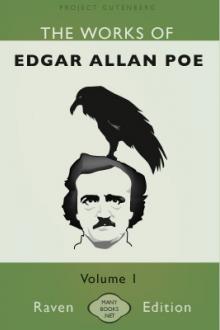
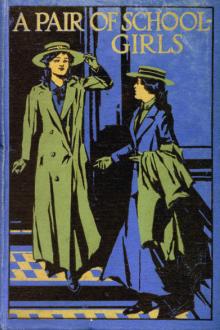
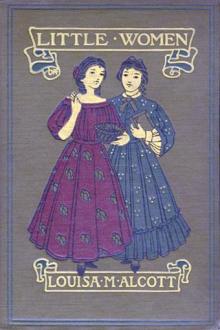
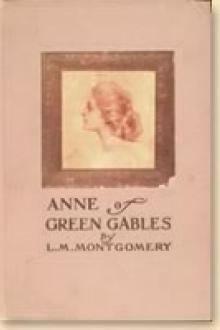
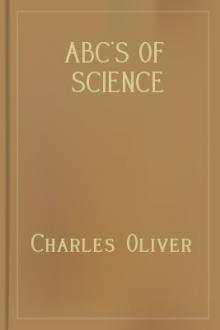

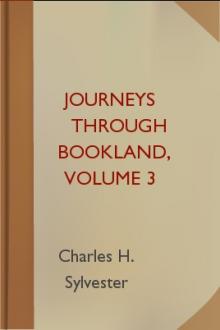
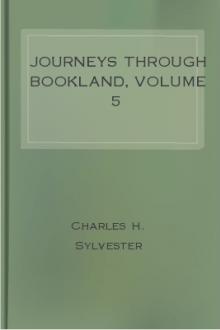
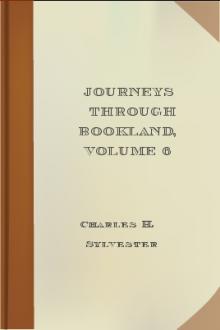
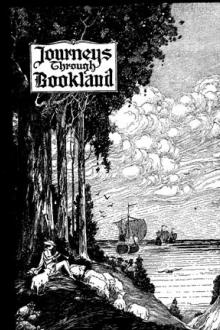
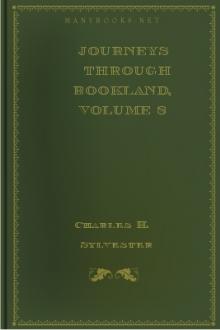
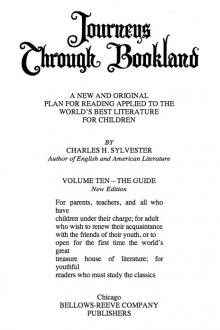

-itok=vcKIB5v1.jpg)